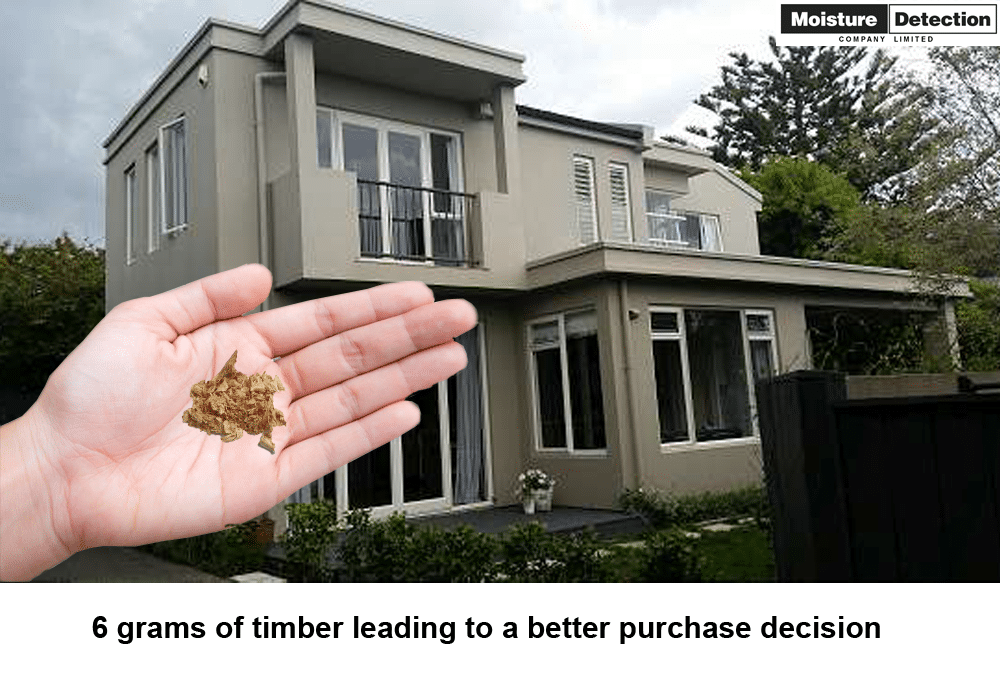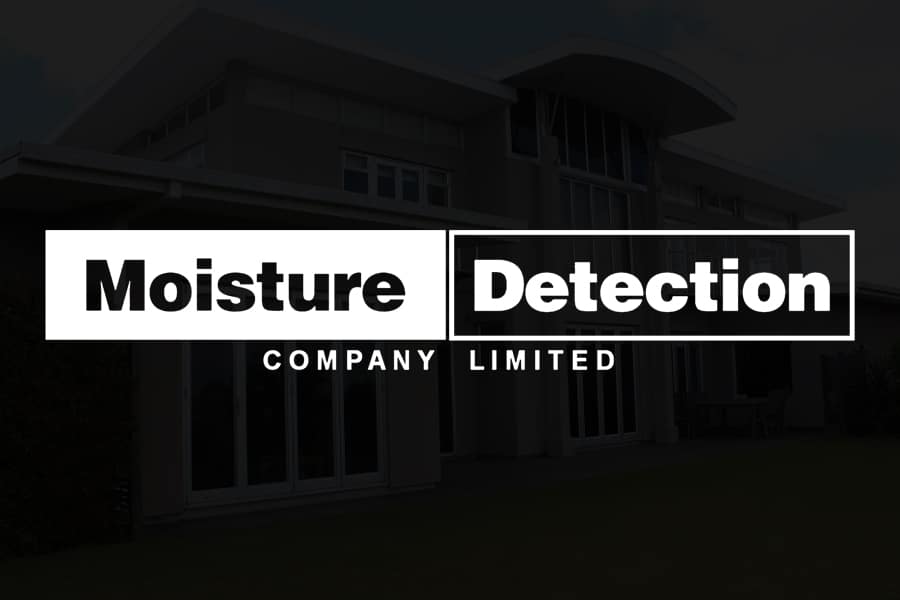Moisture Detection Company conducts discrete Invasive Testing for decay, moisture and timber treatment in residential properties to check for potential weathertightness issues or damage.
Invasive Testing is often recommended by reputable pre-purchase inspectors to investigate potential issues identified during a standard visual pre-purchase inspection.
The process is also often used to help diagnose leaks and plan maintenance.
We are a professional building services company with over twenty years of experience in investigating, diagnosing, repairing and monitoring weathertightness issues, particularly in monolithic plaster-clad houses.
Our unique Invasive Testing process provides accurate, actional information but is acceptable to house vendors as it does not require cutting out of wall linings or claddings.
We provide our clients with detailed reports, including photographs of retained timber samples, advice on whether the samples have decay, actual timber moisture readings and timber treatment certification.
If the client buys the house, we can install a full moisture monitoring system to give full peace of mind.
Download our information sheet About Invasive Testing with Moisture Probes



